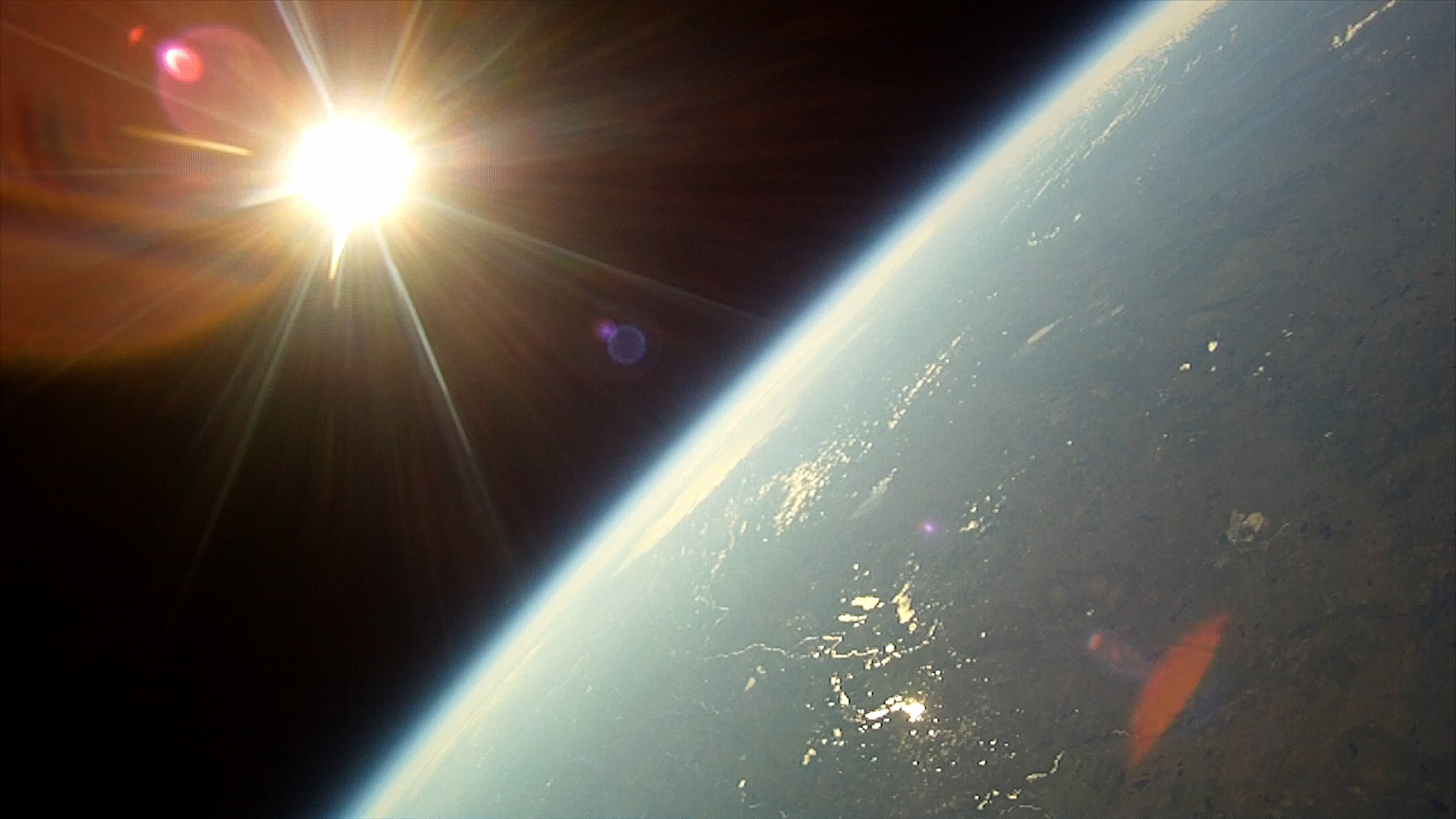
WANAKA, New Zealand — NASA is targeting Friday, March 27 (Thursday, March 26 in Eastern time), for the first launch attempt of the heavy-lift super pressure balloon from Wanaka, New Zealand.
“Mother Nature has finally given the ‘go’ for launch,” said Debbie Fairbrother, chief of NASA’s Balloon Program Office. “The team is focused and ready to move forward on this potentially record-breaking flight.”
Lift-off is scheduled between 8:30 and 11 a.m. from Wanaka Airport (between 3:30 and 6 p.m. EDT, March 26).
Once launched, the pumpkin-shaped balloon, made from 22-acres of material and as large as a football stadium when fully inflated, will ascend to a constant float altitude of 110,000 feet (33.5 km). The balloon will travel eastward carrying a 5,000-pound (2,267 kg) payload consisting of tracking and communications instruments. NASA expects the SPB to circumnavigate the globe once every one to three weeks, depending on wind speeds in the stratosphere.
As the balloon travels around the Earth, it may be visible from the ground, particularly at sunrise and sunset, to those who live in the southern hemisphere’s mid-latitudes, such as New Zealand, Argentina, Australia, and South Africa. Anyone may track the progress of the flight, which includes a map showing the balloon’s real-time location, at:
http://www.csbf.nasa.gov/newzealand/wanaka.htm
NASA seeks to fly the balloon for an ultra long-duration, potentially up to 100 days, at a stable float altitude. The current record for an SPB flight is 54 days.
The science and engineering communities have previously identified ultra long-duration balloon flights at stable altitudes as playing an important role in providing low cost access to the near-space environment for science and technology.
Maintaining a constant float altitude in the stratosphere is a formidable challenge for airborne systems, including balloons. Most standard heavy-lift zero pressure balloons can vary in altitudes as great as 45,000 feet (13.7 km) due to the alternating warming and cooling of the day and night cycle. In response, mission operators typically release excess weight in the form of ballast to maintain altitude. However, the SPB is designed to maintain a positive internal pressure and shape irrespective of its environment, which keeps the balloon at a constant float altitude. Put another way, in much the same way a car tire pressure changes based on the environment around it while maintaining its volume, so does the SPB.
This March test mission is set to validate the SPB technology, which has been under development by NASA for 15 years, according to Fairbrother.
NASA’s scientific balloons offer low-cost, near-space access for scientific payloads weighing up to 8,000 pounds for conducting scientific investigations in fields such as astrophysics, heliophysics and atmospheric research.
NASA’s Wallops Flight Facility in Virginia manages the agency’s scientific balloon program with 10 to 15 flights each year from launch sites worldwide.
For more information on the NASA Scientific Balloon Program, visit:





























